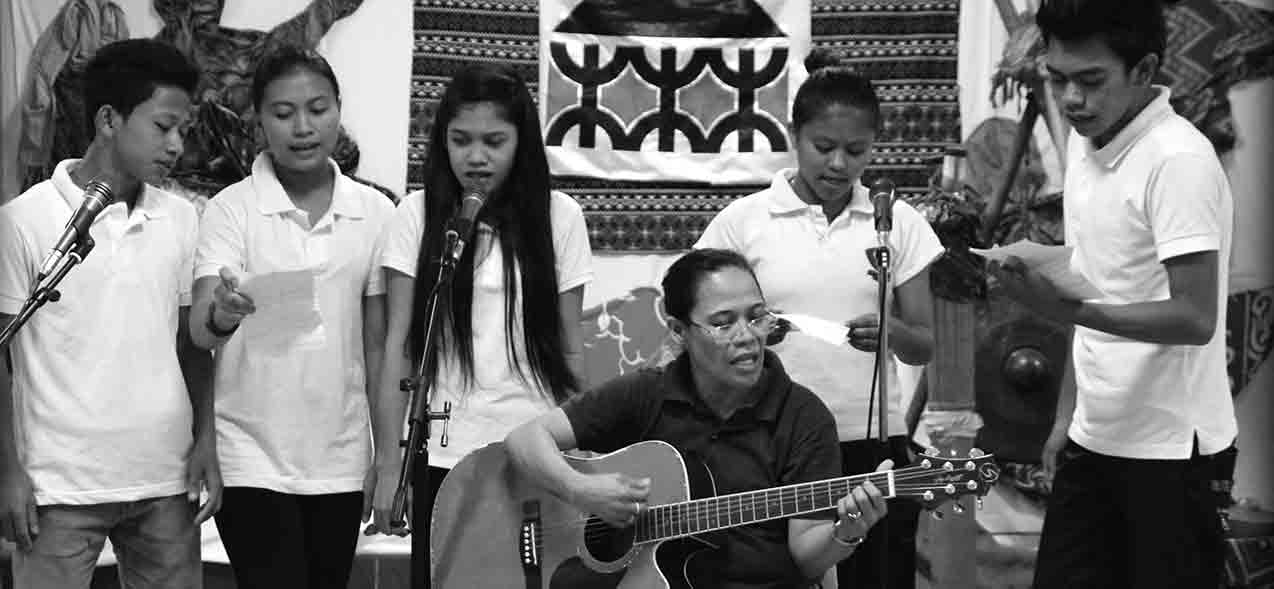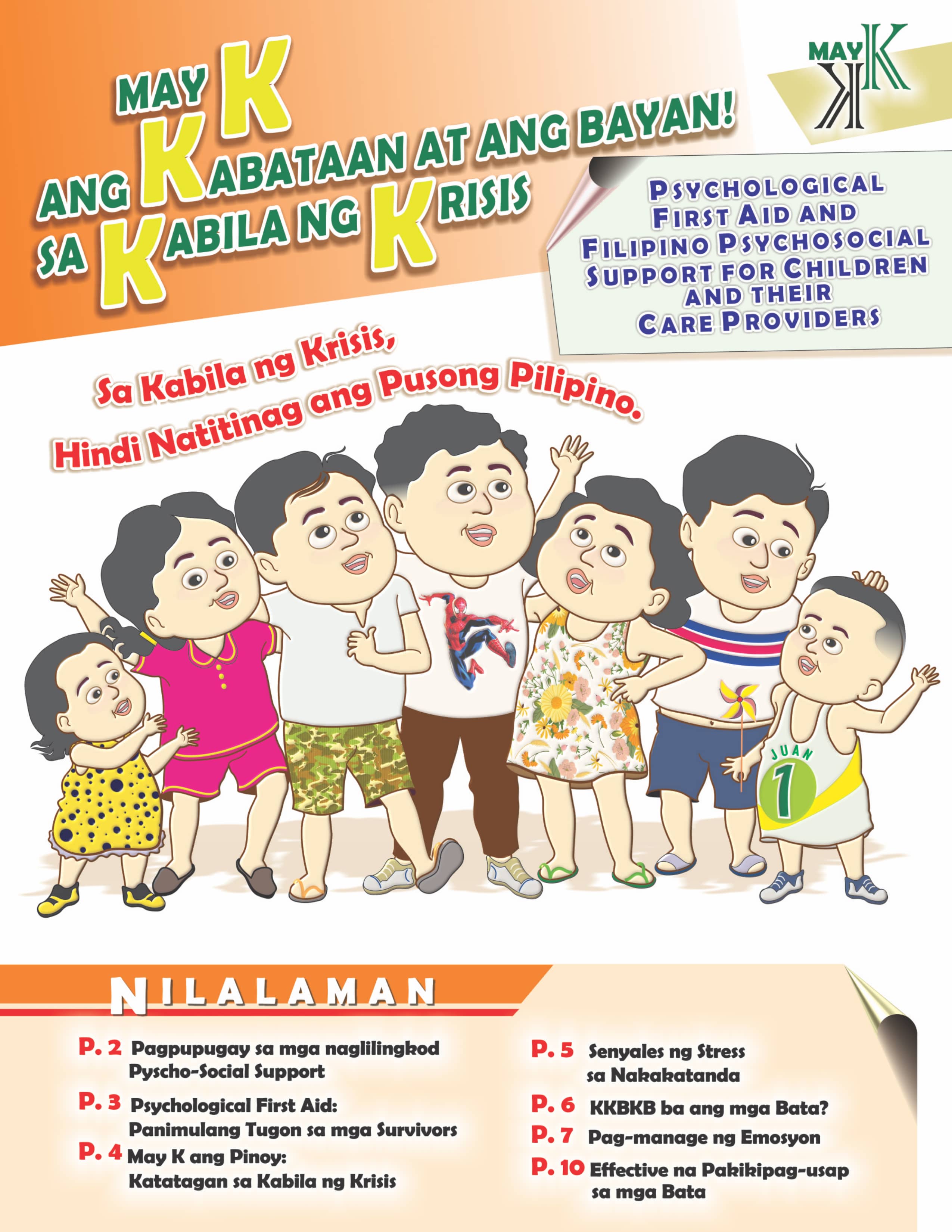Another study of Balay, this time in collaboration with the International Displacement Monitoring Center (IDMC) has been published. The study looks at the phenomenon of internally displaced persons (IDPs) and armed conflict in NPA areas. You can download the research using the link at the end of this page. Below is a brief description of the research.
In recent years, much of the attention paid to internal displacement in Mindanao has focused on central and Western Mindanao. This displacement is primarily the result of prolonged conflict between Muslim rebels groups – in particular the Moro Islamic Liberation Front (MILF) – and the government. The conflict, often described as a contestation between groups of indigenous people, known as the Bangsamoro, and non-native newcomers to the region, has claimed the lives of an estimated 150,000 people in the last four decades and displaced millions. Progress towards a final resolution of this conflict appears on track.
However, no comparable progress has been made towards ending the 46-year old conflict between the government and the New People's Army (NPA) the military wing of the Communist Party of the Philippines (CPP). Peace talks continue to be mired by half-hearted efforts on both sides and a perception that neither party is willing to make concessions. The government's security forces and the NPA continue to clash regularly, in particular in Eastern and Northern Mindanao where the conflict exacts a heavy toll on the mainly indigenous civilian population. Unlike the Bangsamoro conflict, the NPA insurgency attracts little attention, despite being one of the longest running conflicts in the world and despite its ongoing impact on the civilian population. This is partly due to the fact that most of the violence and most of the suffering caused to civilians, including regular displacements, take place in remote areas and remain under-reported. The armed conflict is not the only displacement threat indigenous people in Mindanao – commonly referred to as Lumad – are exposed to. Their land and human rights are also under attack as outsiders seek to exploit their abundant natural resources: Mindanao is thought to hold the country's largest reserves of nickel, copper and gold.Resistance to natural resource extraction projects is sometimes met with violence. Many indigenous people are forcibly evicted, particularly those who lack ancestral land titles or other proof of ownership of land and resources. Tension and conflict over land access and management add another dimension to the violence and may be fuelling the armed conflict and increasing NPA recruitments.
Natural disasters, in particular flooding, are another major and frequent cause of displacement in the region. On 4 December 2012, Typhoon Bopha (locally referred to as Pablo) struck Mindanao, forcing close to a million of the 6.2 million people impacted to evacuate their homes. The typhoon's high wind speed and flooding caused extensive damage, with over 235,000 homes destroyed or damaged and further destruction of public infrastructure. The eastern part of the island bore the brunt of the casualties and damage, with indigenous communities particularly affected. As elsewhere in Mindanao, deforestation due to logging, mining, and the extensive cultivation of banana plantations in mountainous areas increased poor communities' vulnerability to flash floods and landslides. Even before their displacement most Lumad people, including former IDPs studied in this report, lived in remote,poor and marginalised areas where the unstable security situation has been hampering development efforts. As a result many Lumad communities struggle to cope with the economic and social consequences of their repeated displacement. They are unable to build up any assets that would sustain them in times of crisis and remain in a constant state of alarm and uncertainty about their futures.
The right of indigenous people not to be displaced from their land is guaranteed by Filipino law, in particular the 1997 Indigenous People Rights Act (IPRA), and also by the Comprehensive Agreement on Respect for Human Rights and International Humanitarian Law (CARHRIHL), an accord signed by the government and the NPA in 1998. As long as counter-insurgency operations continue to target indigenous communities and IPRA and CARHRIHL are not effectively enforced, these communities will continue to be locked in a cycle of regular displacement to escape conflict and violence.
In this report IDMC aims to assess the impact of multiple displacements caused by the government-NPA conflict on Lumad communities in eastern Mindanao, identify the main obstacles to sustainable return and recovery and make policy recommendations to address these. The study also sought to assess the extent to which communities previously affected by the conflict are more vulnerable to the effects of the disaster as a result of previous loss of assets and physical isolation and socio- economic marginalisation.
{phocadownload view=file|id=19|target=s}























